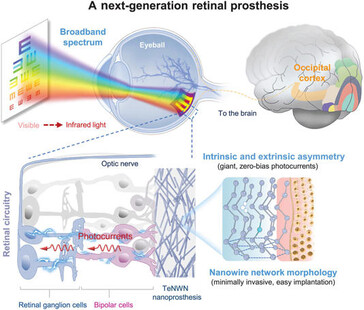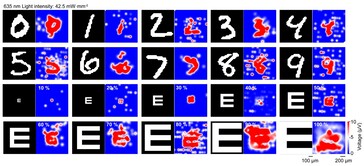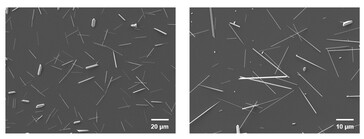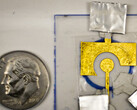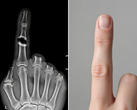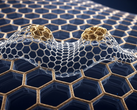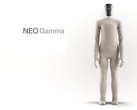Researchers at the Fudan University in Shanghai, China have demonstrated the ability to give 'three blind mice' the ability to see both visible and infrared light after the implantation of a nanowire retinal implant. This opens the possibility of restoring sight to millions of patients who have lost the ability to see due to retina damage.
The retina is a light-sensitive layer of tissue in the back of eyes that converts visible light energy into electrical nerve impulses in order for the brain to see the world. Blindness can occur due to a variety of causes, such as macular degeneration or retinal detachment, after the light-sensing parts of the retina have been permanently destroyed. AREDS2 supplements (sold here on Amazon) can slow the progression of age-related macular degeneration (AMD).
The Fudan retinal implant replaces lost organic light sensing cells with a tellurium nanowire (TeNWN) neuroprosthesis that can convert the energy of visible and near-infrared light (up to 2000 nm) into electrical signals for the brain. Infrared light cannot normally be seen by humans, and the world looks different when using the IR spectrum to see.
Blind mice were tested after implantation of the TeNWNs, and they showed the ability to respond to bright visible and infrared light sources as well as recognize shapes (circles versus triangles). This gave the mice vision similar to the Predator (watch this classic Schwarzenegger movie again on Amazon). The matrix of tellurium nanowires along with the material's high optical absorption ability and narrow bandgap efficiently converts photons into electrons without requiring an external power source.
The implants have a fair, not great, ability to resolve details, so the restoration of sight is not perfect. Also, while the implants seemed biocompatible and stable up to 60 days after implantation, long-term trials have not yet been conducted.
The researchers at Fudan earlier demonstrated the restoration of walking ability within 24 hours to patients fully paralyzed below the waist after implantation of their minimally invasive, triple-integrated brain-spine interfaces (BSIs).
Readers who can't wait to see into the infrared light spectrum can pick up the Sionyx night vision camera here on Amazon.





